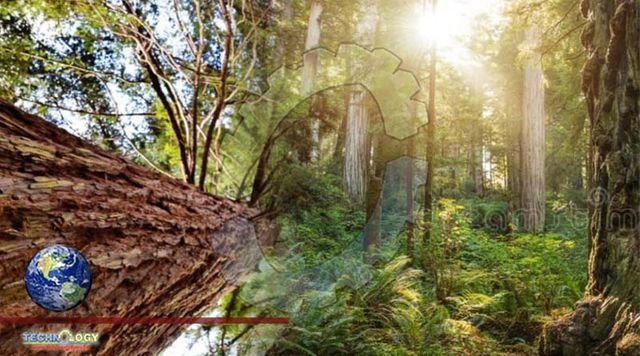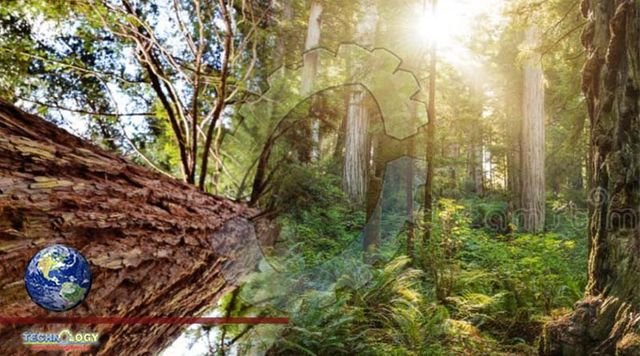Redwood is some of the world’s oldest, tallest and most resilient tree. They’re aided by fire-resistant bark and pest-resistant leaves. Plant researchers have now discovered something else that may help these trees deal with Earth’s changing climate. They have two different types of leaves — and each focuses on doing a different job.

One type converts carbon dioxide into sugar through photosynthesis. This makes the tree’s food. The other leaves specialize in absorbing water, to slake a tree’s thirst. t’s completely mind-blowing that redwoods have two types of leaves,” says Alana Chin. She is a plant scientist at the University of California, Davis. Despite redwoods being such a well-studied tree, “We did not know this,” she says.Chin and her colleagues shared their discovery March 11 in the American Journal of Botany.
What’s more, some of the important photosynthetic structures in these leaves appeared to be messed up. For example, the tubes by which leaves send newly made sugar into the rest of the plant were plugged up and smashed-looking. Chin’s team decided to call these leaves “axial” ones because they are closer to the woody stem — or axis — of the branch.
The other type of leaves had more surface holes, known as stomata. These pores allow leaves to breathe in carbon dioxide (CO2) during photosynthesis and to exhale oxygen. Chin’s team now refers to these as peripheral (Pur-IF-er-ul) leaves, because they stick out from the edges of the branch. They unfurl out from the stem to catch more light. These leaves contained efficient sugar-moving tubes and had a thick, waxy “raincoat” over their surface. All of that suggests these leaves should be able to carry out photosynthesis even in wet climates.
Most plants use one leaf type to both photosynthesize and absorb water. So it’s a surprise, Chin says, that these trees have a distinct leaf type that seems designed for drinking. A redwood still hosts many more food-making leaves than drinking leaves. By the numbers, more than 90 percent of a redwood’s leaves are the sugar-making type.
Finding some super-slurper leaves in redwood trees “inspires us to look at leaves differently,” says Emily Burns. She’s a biologist at Sky Island Alliance. That’s a biodiversity group based in Tucson, Ariz. Burns did not take part in the new study, but she studies coastal redwoods and how they are impacted by fog. The new data, she says, reinforce that leaves can be “so much more than just photosynthesis machines.”
The study also shows one reason why some plants have two different types of leaves or flowers. That pattern is called dimorphism. For the redwoods, it seems to help them adapt to varied climates. “This study reveals an underappreciated feature of shoot dimorphism,” Burns says.
Where on the tree the super-drinker leaves grow varies with the climate, the team found. In wet areas, redwoods sprout these leaves near the bottom. That allows them to collect extra rainwater as it trickles down from above. Putting more photosynthesizing leaves near the treetop helps them tap the most sunlight.
Redwoods growing in dry sites distribute these leaves differently. Since there isn’t much moisture here, the tree puts more of its water-absorbing leaves up high to catch all the fog and rain it can. With fewer clouds at these sites, the trees don’t lose much by putting more of their sugar-making leaves lower down. In fact, the new study found, this pattern allows redwood leaves at dry sites to bring in 10 percent more water overall per hour than they would in wet areas.
Source: This news is originally published by sciencenewsforstudents
